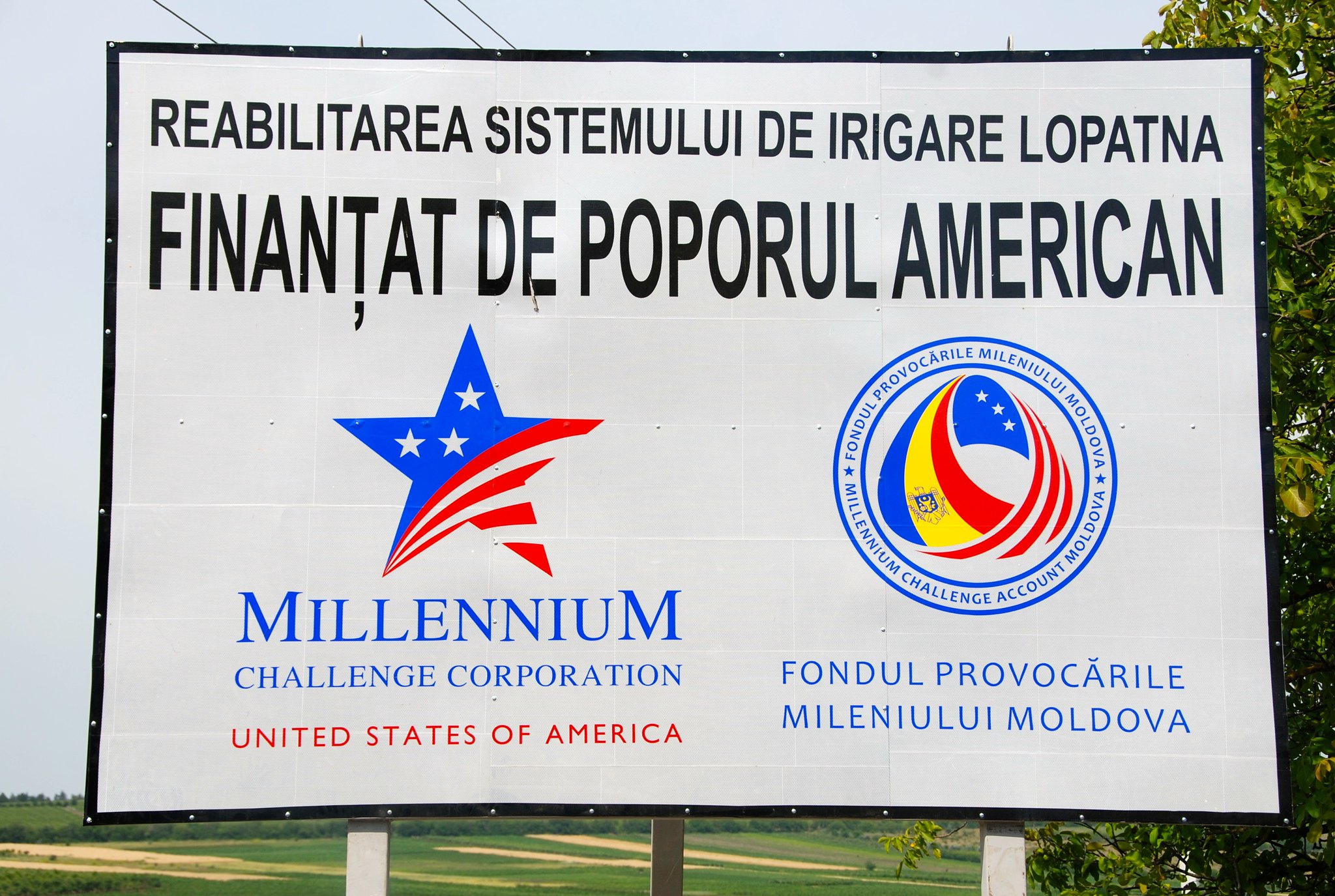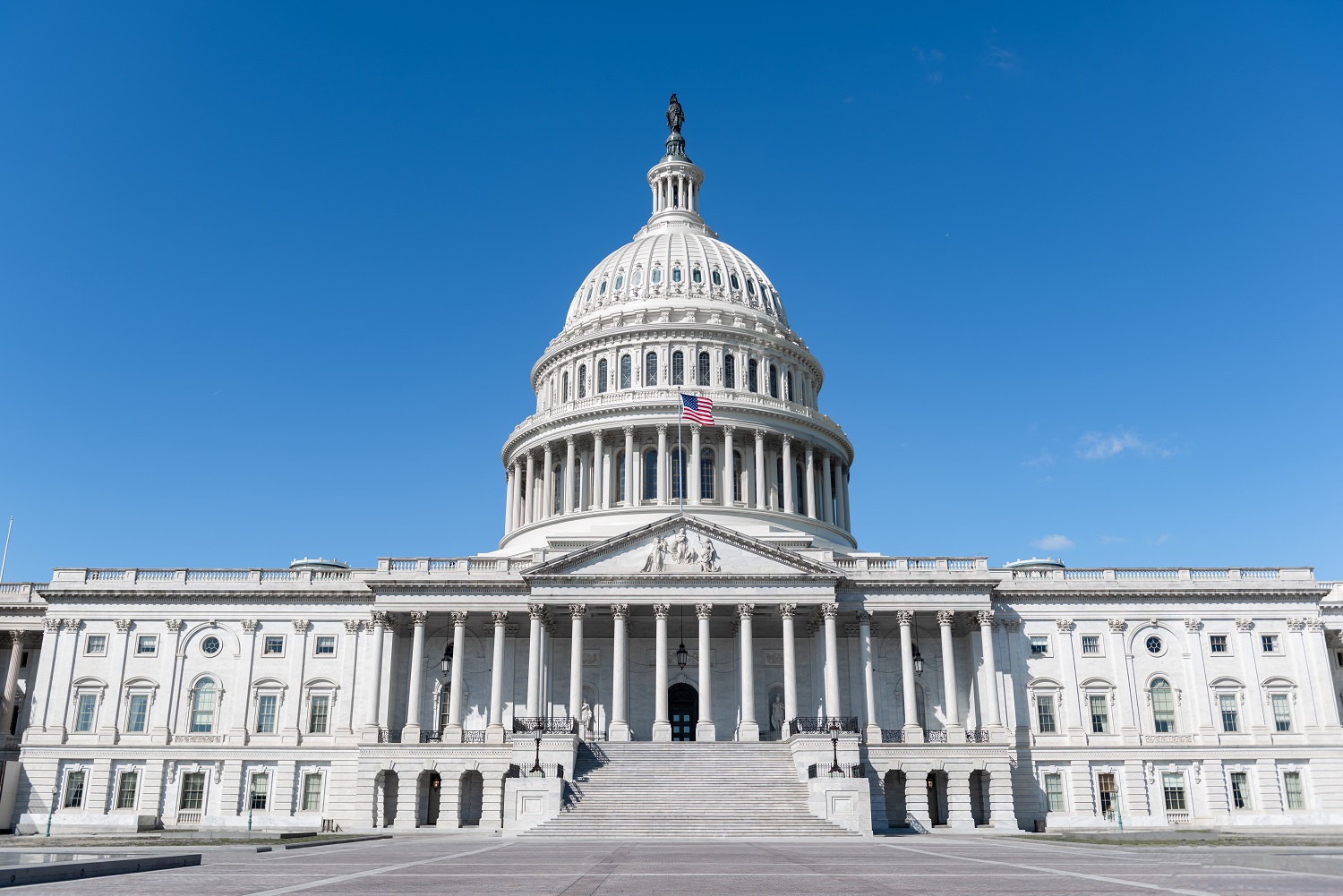Recommended
Yesterday marked two decades since President George W. Bush signed into law a consolidated spending bill that carried authorization for the creation of a new innovative US aid agency. The win came nearly two years after the president unveiled his bold vision that centered on “a new compact for global development.” The United States, he vowed, would increase its development assistance by $5 billion over the next three years—supporting a new Millennium Challenge Account—that would reward lower-income countries for practicing good governance, investing in their populations, and implementing sound economic policies.
While it arrived in an era of aid skepticism, the proposal found strong champions on both sides of the aisle, who embraced key elements of what became the Millennium Challenge Corporation’s unique model. Setting the agency apart was its country selectivity (referenced above) but also its singular focus on poverty reduction through economic growth, reliance on data to inform investment decisions, elevation of country ownership through accountable partnership, and its commitment to rigorous evaluation and learning from results.
For countries, MCC’s promise of significant grant financing held obvious appeal. But partners past and present have also pointed to the signaling value of being selected for a compact, conveying good governance principles and growth-oriented reform to stakeholders.
To date, MCC has invested close to $17 billion across 47 countries. The agency can point to success in megawatts of new power generation, acres irrigated, and miles of paved roads, but also in critical reforms adopted to spur inclusive growth—partly due to policy conditions embedded in its partnership agreements.
Even in the absence of development success, MCC can claim fidelity to its model in instances where the agency curtailed investments amid the deteriorating governance of country partners. On a slightly wonkier note, MCC has built up an impressive catalog of rigorous, independent evaluations—easily searchable via the agency’s MCC Evidence Platform—and has taken steps to distill key lessons from these evaluations in a series of briefs, ensuring the findings are not just accessible but actionable. Over the years, MCC has received top marks in independent rankings produced by Publish What You Fund and Results for America.
But now, as MCC kicks off its twentieth year, the agency faces some headwinds—and important questions loom about its future.
Staring down a dwindling country candidate pool
Countries worldwide have grown wealthier in the twenty years since MCC opened its doors. While that’s undoubtedly reason to celebrate, poverty remains a persistent challenge in many parts of the globe. MCC’s authorizing statute restricts the agency to working only with low- and lower-middle-income partners, which means its starting candidate pool is shrinking.
As we’ve discussed previously, lawmakers in both chambers have introduced legislation that would widen that pool to include a subset of upper-middle-income countries (those that fall below the World Bank International Bank for Reconstruction and Development’s Graduation Discussion Income Threshold). Should Congress act on that legislation, it would provide MCC with additional options for future engagement—though countries would still need to fare well on the agency’s patented scorecards and be selected for compacts (or threshold programs) by MCC’s Board of Directors.
Use the toggle feature in the map above to see the countries in MCC’s early candidate pool compared to today’s and which countries might be added under the pending legislation (based on our calculations). The change in the Western Hemisphere is particularly notable. President Bush delivered his 2002 speech introducing the MCC proposal from the Inter-American Development Bank. But in 2024, few Latin American and Caribbean countries have a GNI per capita below $4,466—the current lower bounds for being categorized as upper-middle income.
Cross-border investments prove complicated
In 2018, MCC secured long-sought authority to pursue regional investments through concurrent compacts. Regional looked to be a promising new frontier for the growth-centered agency. Still, the agency’s high partnership standards and the complexity of multi-party negotiations meant the first investments under this authority took time to put together. The agency focused on West Africa, where a number of neighboring countries passed the agency’s scorecard, but encountered several setbacks (as described in the interactive chart below). MCC’s current regional compact pipeline comprises individual countries.
Departure of early congressional champions
Thanks in part to its strong bipartisan pedigree, MCC long enjoyed broad support on Capitol Hill. For a time, House Budget Committee Republicans even suggested tapping “MCC as lead agency on foreign-development assistance,” arguing MCC’s model had “been more effective in achieving results.”
But today, few of the agency’s early supporters remain in office. Looking back at authorizing legislation introduced in the House, just 13 of the 70 cosponsors are still serving. And none of the Senate Foreign Relations Committee members from that era are sitting lawmakers.
Following a brief period of early ambition, MCC’s topline budget has been relatively stagnant throughout much of its history. Because the agency’s unique model hinges on multi-year commitments to countries, MCC’s spending patterns look substantially different than most. In recent years, lawmakers have approved rescissions that draw down MCC’s coffers. With tight toplines, there’s little surprise that appropriators have increasingly eyed MCC’s unobligated balances, but it’s a worrying trend for the agency.
Another Hill-related, near-term challenge for the agency has been securing the Senate confirmation of private sector board members. We’re inclined to blame this predicament on the combination of delays on the nominating side and the extremely difficult political climate. Nevertheless, it must be frustrating for the agency—which needed an anomaly in a previous continuing resolution to ensure a quorum at its critical December meeting—particularly since it was lawmakers who sought to include outside voices in the agency’s decision-making process (and the board’s private sector contingent boasts some illustrious alumni).
On a more encouraging note, at the agency’s request, appropriators recently dropped a rider that prohibited the agency from pursuing threshold programs with countries that had once had compacts.
So, what’s next for MCC?
We’re keeping our collective fingers crossed that the above challenges can be overcome in short order—though regional investments will always be complex. While a small agency, MCC’s development policy toolkit has features particularly well suited to this moment, suggesting the agency could punch above its weight if funding moved closer to the levels originally envisioned. At a time when countries are grappling with debt burdens, the agency offers substantial grant-based assistance. With democracy in decline, MCC rewards countries for adherence to good governance. Amid yawning gaps, MCC provides bilateral aid to address critical infrastructure needs. And we’re big fans of MCC’s robust country engagement, reliance on data-driven decision-making, and commitment to evaluation and learning.
In unveiling his plan for MCC more than two decades ago, President Bush declared, “We cannot accept permanent poverty in a world of progress.” Much has changed over the last twenty years, but I hope the United States abides by that pledge.
Thanks to Justin Hurley and Grace Miner for help with data visualization and Nancy Lee for comments on an earlier draft.
Disclaimer
CGD blog posts reflect the views of the authors, drawing on prior research and experience in their areas of expertise. CGD is a nonpartisan, independent organization and does not take institutional positions.







